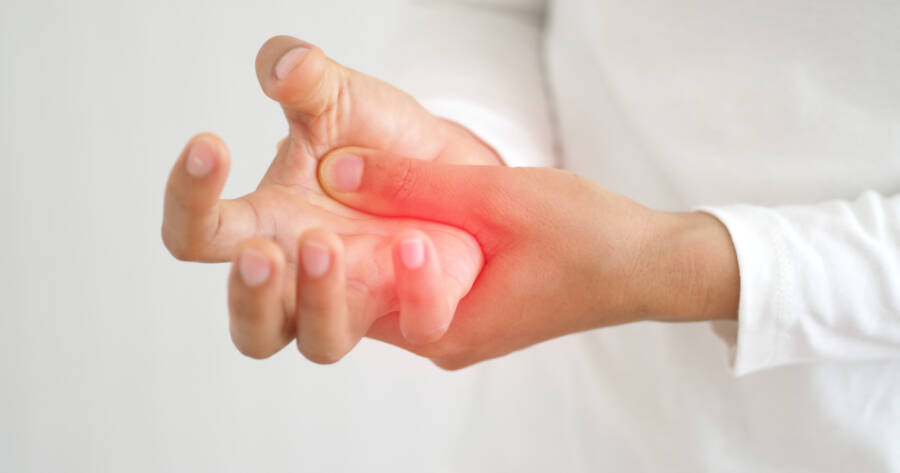Arthritis, a prevalent condition characterized by joint inflammation, affects millions of individuals worldwide. Is your arthritis pain hindering movement? Discover effective strategies to alleviate arthritis discomfort and improve mobility.
Understanding Arthritis: Types and Causes
Arthritis encompasses various forms, each with distinct causes and symptoms. The two most common types are osteoarthritis (OA) and rheumatoid arthritis (RA).1
Osteoarthritis, the degenerative form of arthritis, arises from the breakdown of cartilage, the protective tissue cushioning the ends of bones within joints. Age-related wear and tear, obesity, and joint injuries are significant risk factors for OA.
Rheumatoid arthritis, an autoimmune disease, occurs when the immune system mistakenly attacks the joints, causing inflammation and tissue damage. The exact cause of RA remains unknown, but genetic predisposition and environmental factors play a role.
Other forms of arthritis include psoriatic arthritis, gout, and septic arthritis, each with its unique characteristics and causes.
Managing Symptoms: Relief and Treatment Options
While arthritis is often a chronic condition, effective management strategies can alleviate symptoms and improve quality of life. Treatment options vary depending on the type and severity of arthritis.
For mild to moderate arthritis, pain relievers, such as acetaminophen or nonsteroidal anti-inflammatory drugs (NSAIDs), can provide relief.2 In severe cases, stronger medications like opioids or corticosteroids may be necessary.
Physical therapy plays a crucial role in managing arthritis. It helps strengthen muscles around the affected joints, improving flexibility and reducing pain. Regular exercise, such as walking, swimming, or cycling, can also alleviate symptoms and enhance mobility.
In some cases, surgery may be necessary to repair damaged joints or replace them with artificial ones. Advances in surgical techniques, such as minimally invasive surgery, have improved outcomes and reduced recovery time.
Enhancing Mobility: Exercises and Lifestyle Changes
In addition to medication and therapy, lifestyle modifications can significantly improve mobility and reduce arthritis pain.
Maintaining a healthy weight reduces stress on the joints, particularly the knees and hips. Regular physical activity, tailored to individual abilities, strengthens muscles and improves flexibility.
Adopting ergonomic principles in daily activities can minimize strain on joints. Using assistive devices, such as canes or walkers, can also enhance mobility and independence.
A balanced diet rich in fruits, vegetables, and whole grains provides essential nutrients for joint health. Avoiding processed foods, sugary drinks, and excessive alcohol consumption can reduce inflammation and improve overall well-being.
Learn More About Arthritis Management
Arthritis affects millions worldwide, but effective management strategies can significantly improve quality of life. Understanding the different types, causes, and treatment options empowers individuals to take control of their condition. By adopting healthy lifestyle habits and seeking appropriate medical care, individuals can alleviate pain, enhance mobility, and live more fulfilling lives.

